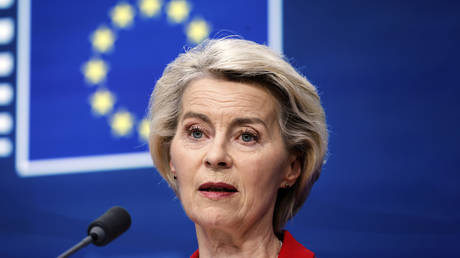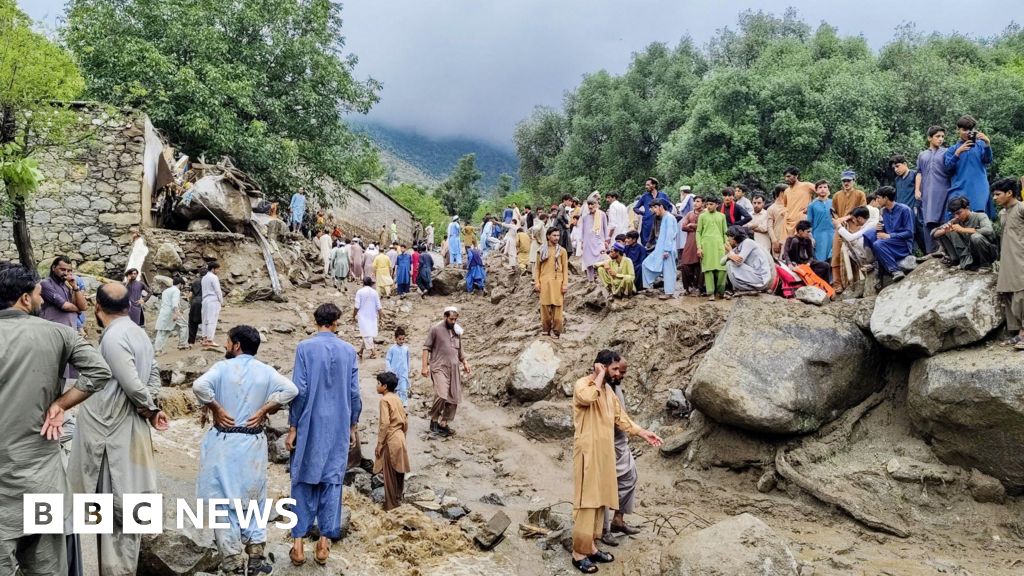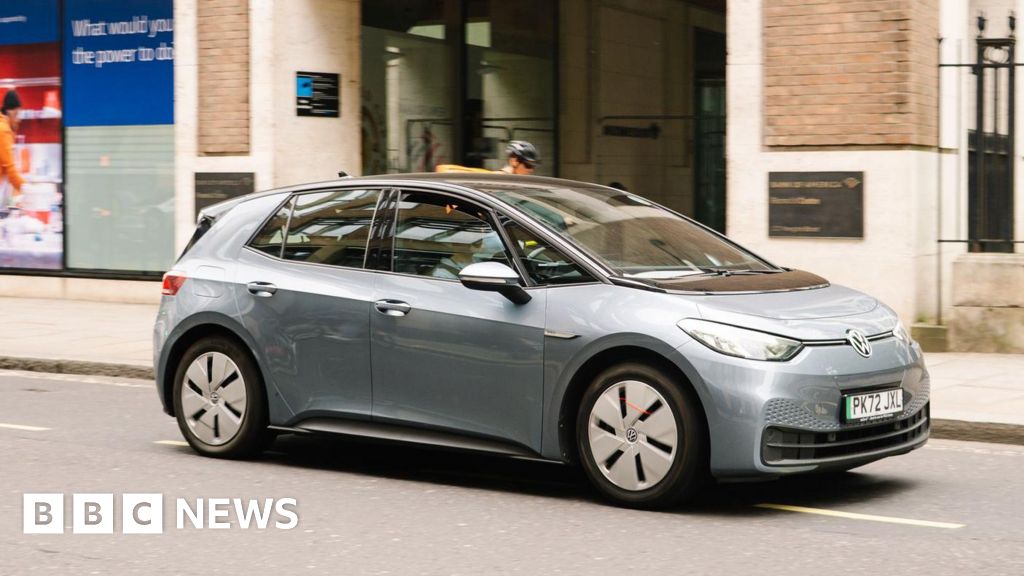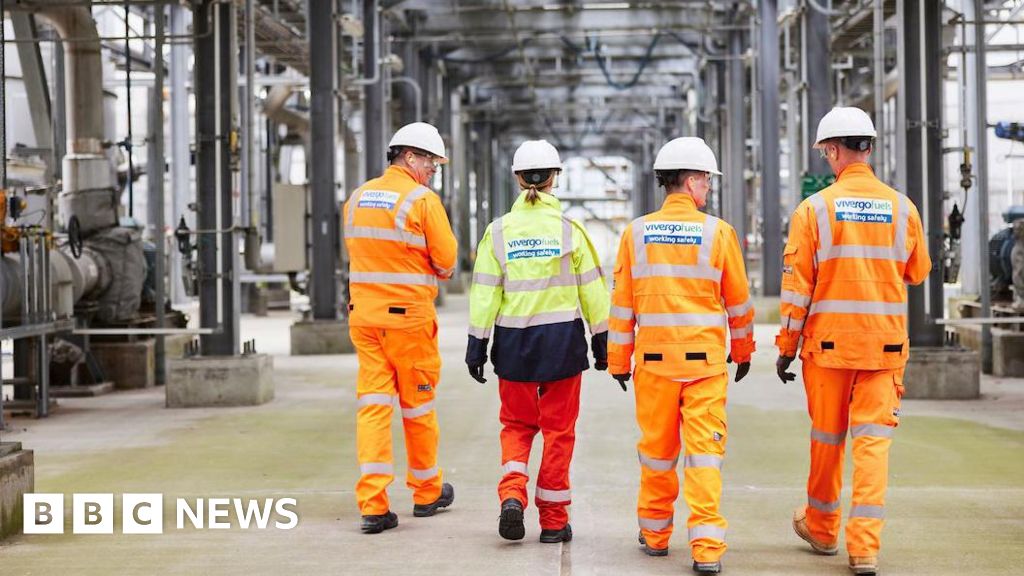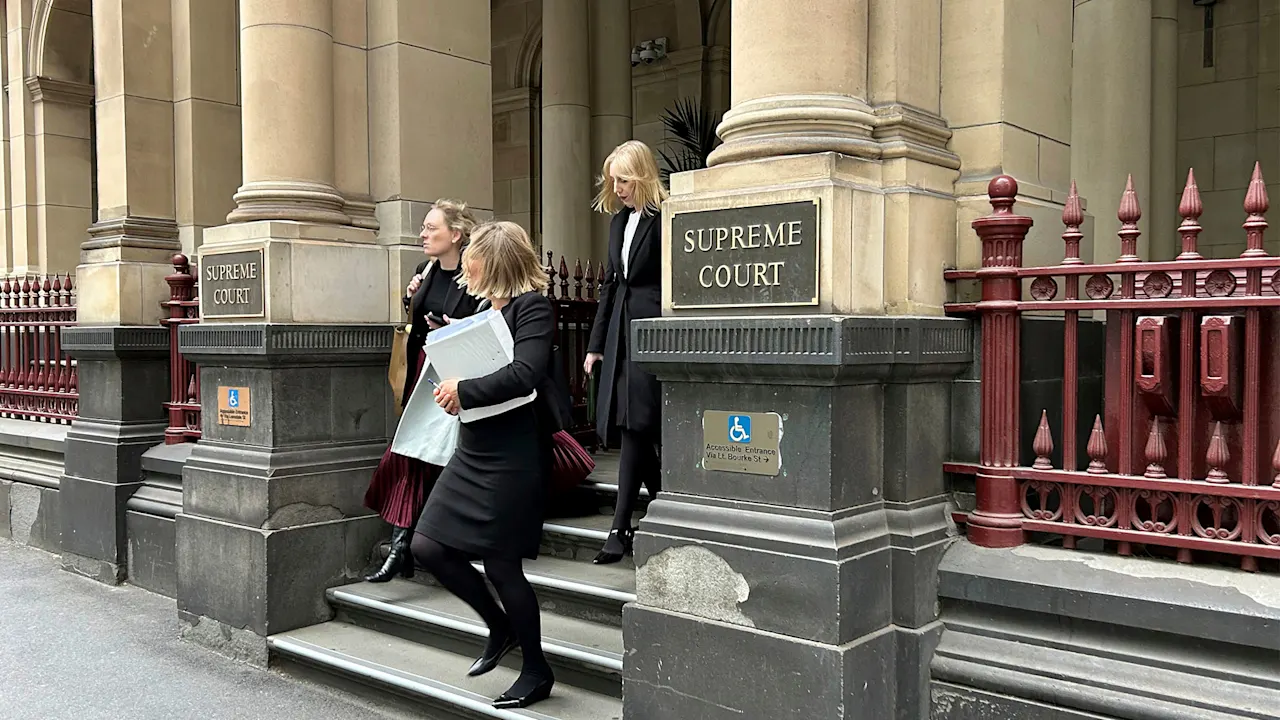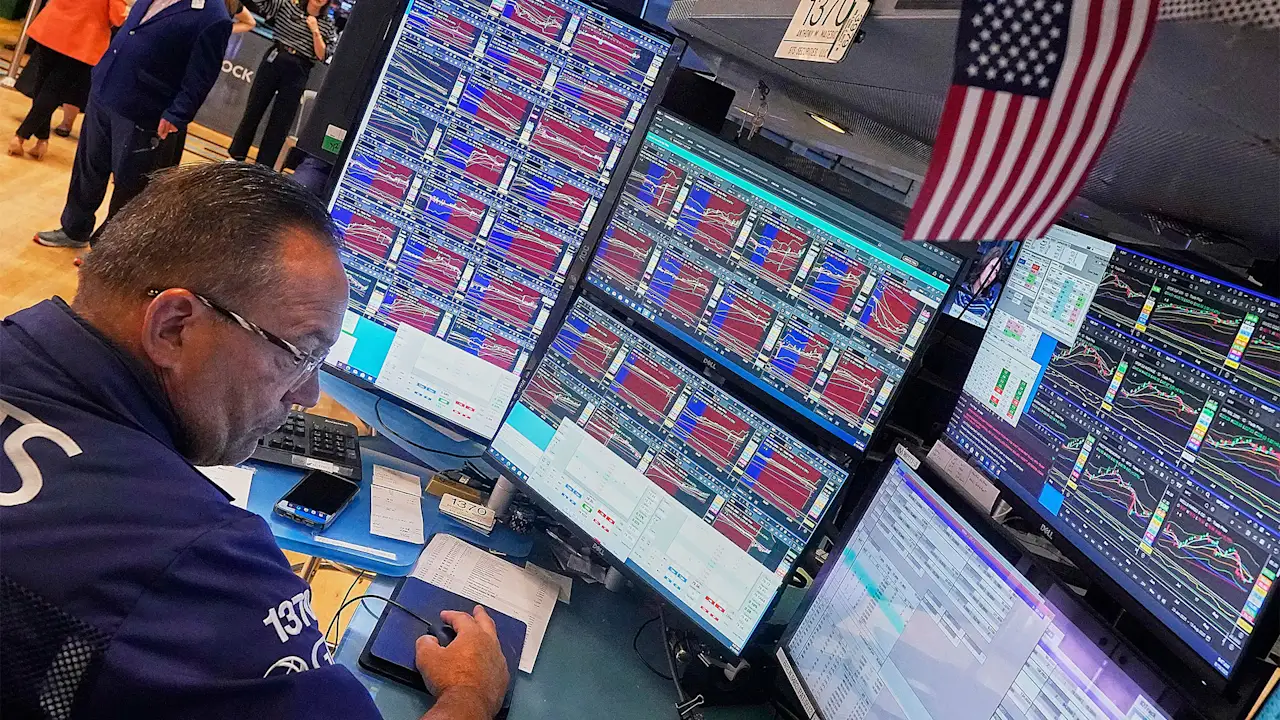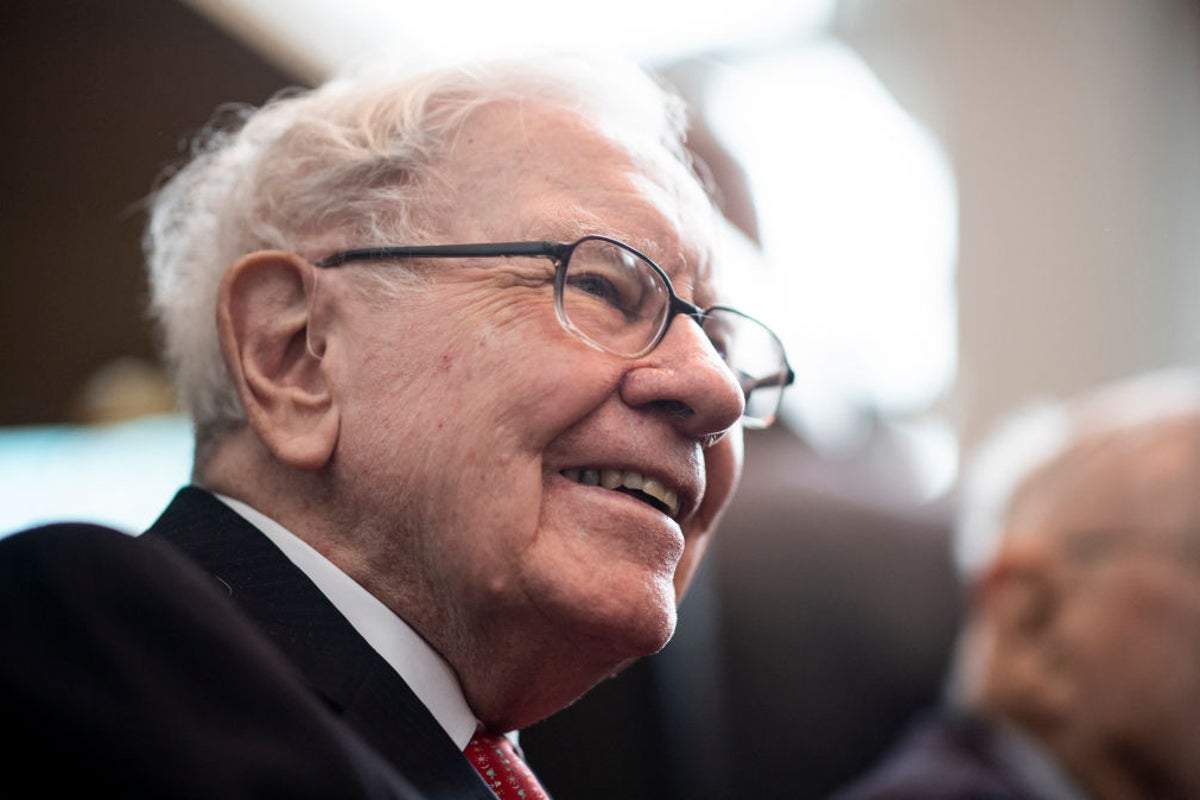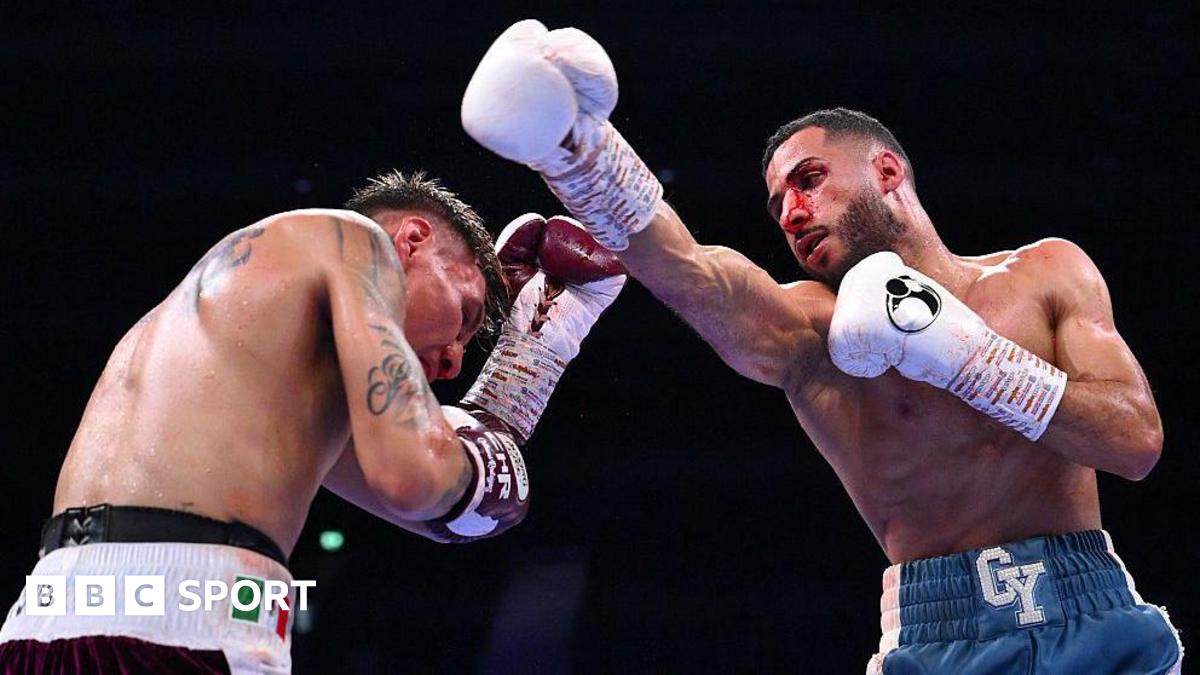These new stadiums are built to protect players—and fans—from extreme heat
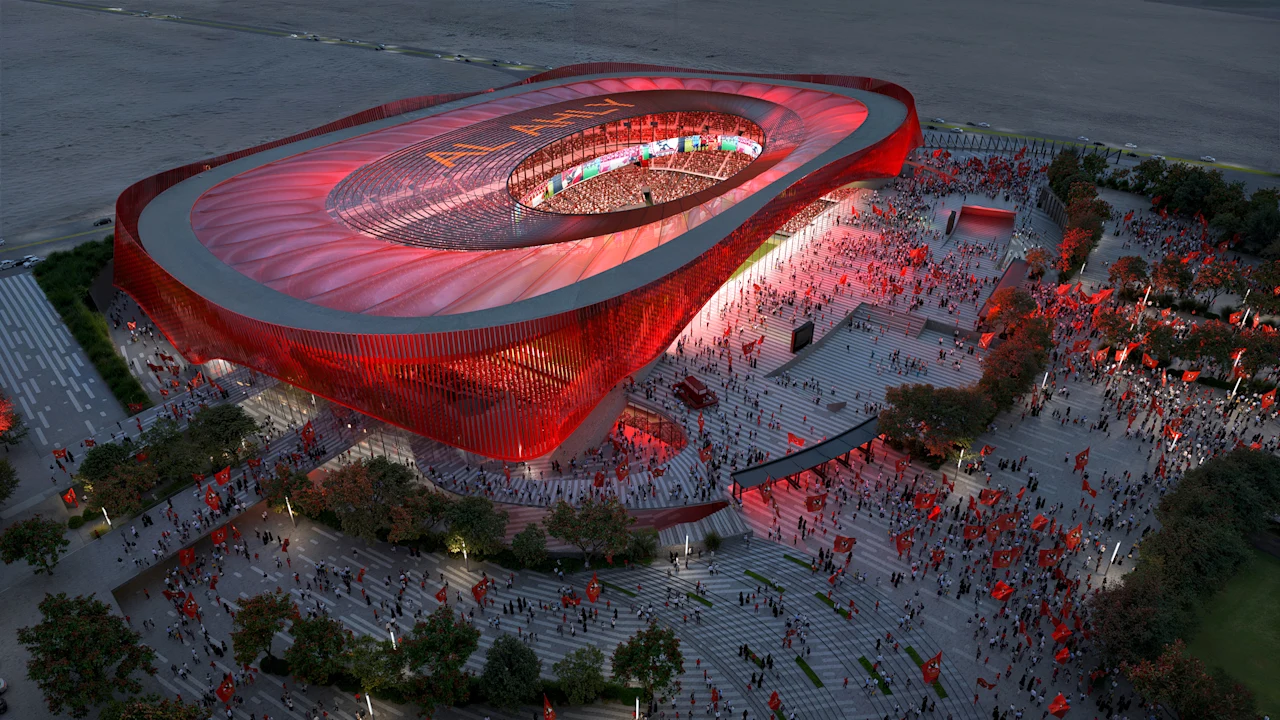
In a new stadium under construction in Egypt for Cairo’s Al-Ahly Football Club, the soccer field and more than half the seats are sunken slightly underground. The design is partly a way to meet local height restrictions. But the lower temperature below ground also helps keep the outdoor stadium more comfortable, even in sweltering summer weather.
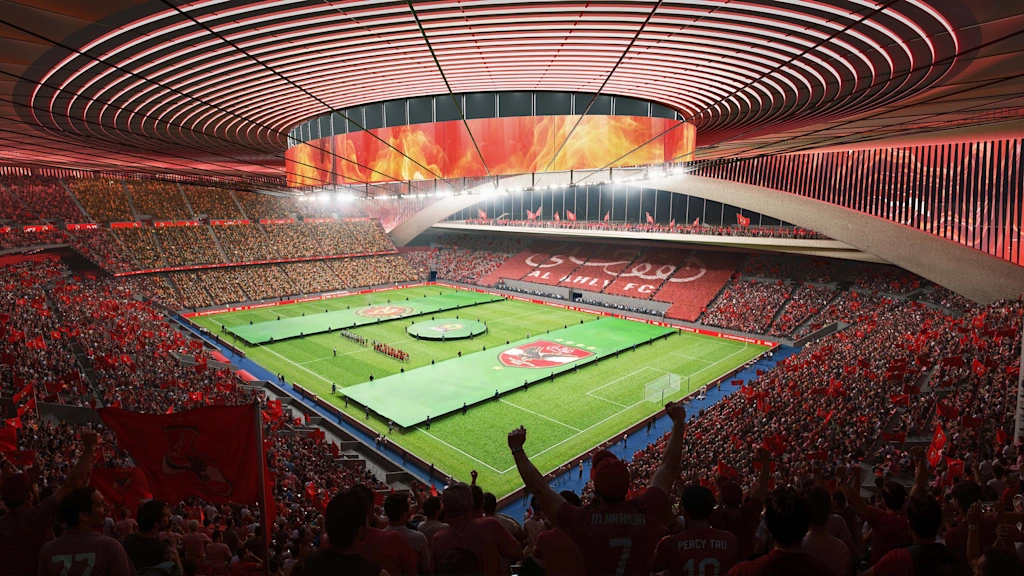
“It allows us to benefit from natural cooling,” says Ryan Sickman, who leads the sports practice at Gensler, the architecture firm behind the design. The stadium’s facade, designed for LED displays, is also perforated so breezes can easily flow through.
It’s one of many ways that architects are designing sports venues for extreme heat as the world gets hotter and it’s becoming more difficult for athletes to play—and for fans to watch—safely.
In Austin, another Gensler-designed stadium is oriented so that as many fans as possible can sit in the shade during games. To keep the space ventilated, it isn’t enclosed. Instead of typical plastic seats, the designers chose mesh to help keep fans cooler.
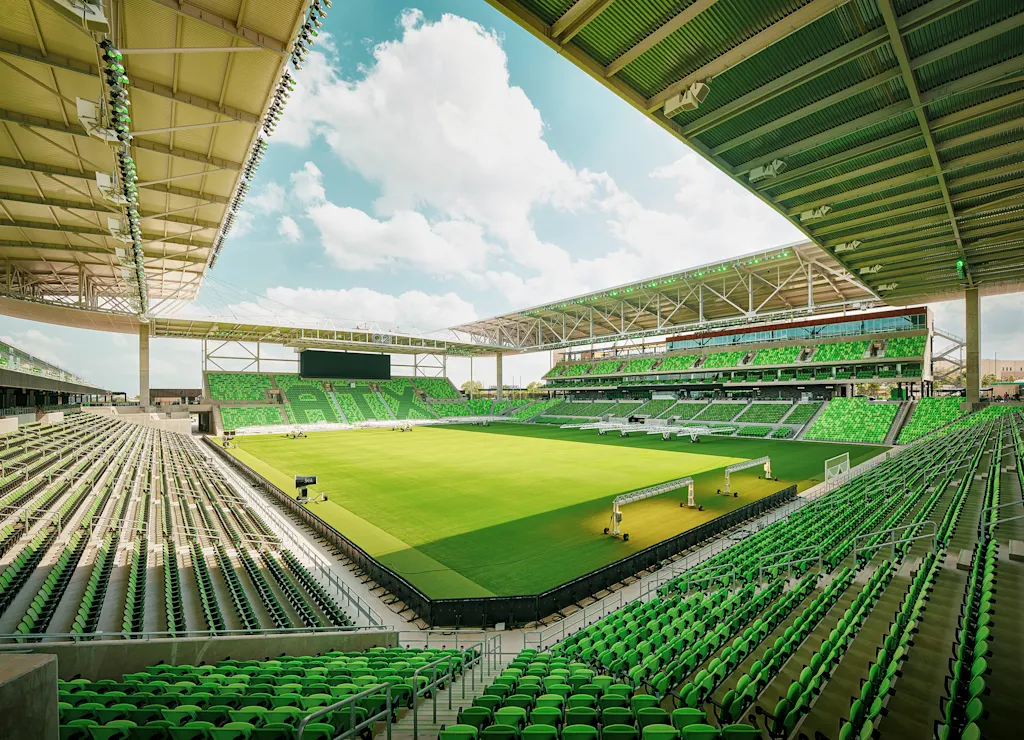
In Qatar, a stadium designed for the 2022 World Cup uses a white roof to reflect sunlight. Zaha Hadid Architects, the team that created the design, also shaped the roof to help channel hot air away from the stadium. It can be rolled out like a sail to shade the field or fully enclose the space. Inside, a solar-powered cooling system pumps cool air to each seat while also forming a cool “bubble” over the playing field.
Materials also help. In Las Vegas, engineers at Arup used several different materials in the facade of Allegiant Stadium to keep it cooler inside. A translucent ETFE (ethylene tetrafluoroethylene) roof insulates the space. Black-and-silver coatings use infrared reflective pigments to reflect as much sun as possible. Tinted glass also helps reflect sunlight and reduce glare.
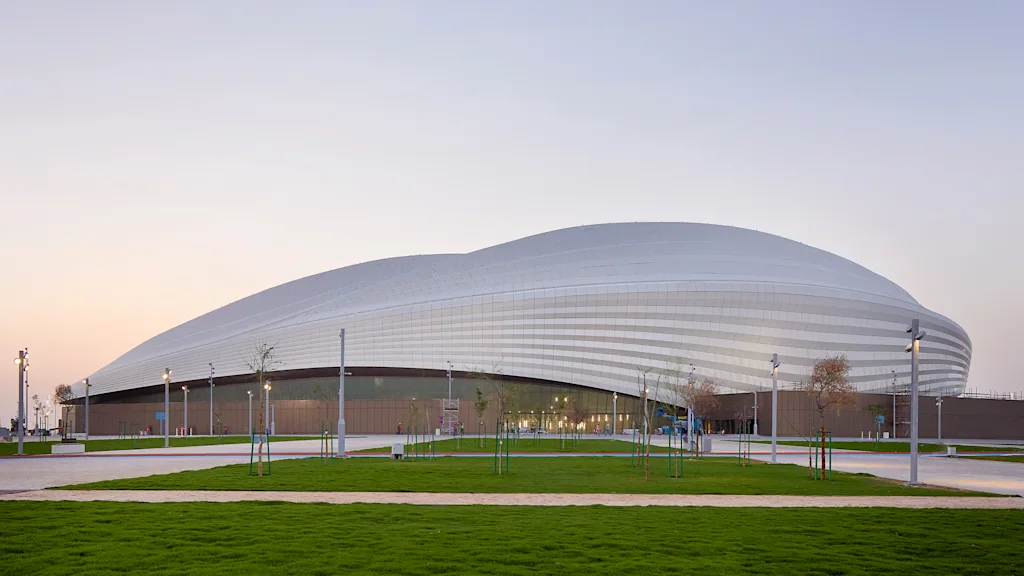
Some approaches take inspiration from older ideas. A technology that circulates water under a field to help keep natural turf healthy, for example, can double as a way to keep the field cooler for players.
In Jeddah, Saudi Arabia, the Arup-designed King Abdullah Sports City Stadium uses traditional Islamic screens for shade and ventilation. The cladding is designed to pull cool air in, then let it rise and exit the top of the stadium. On the roof, perforated mesh inserts inspired by bedouin tents let air flow through.
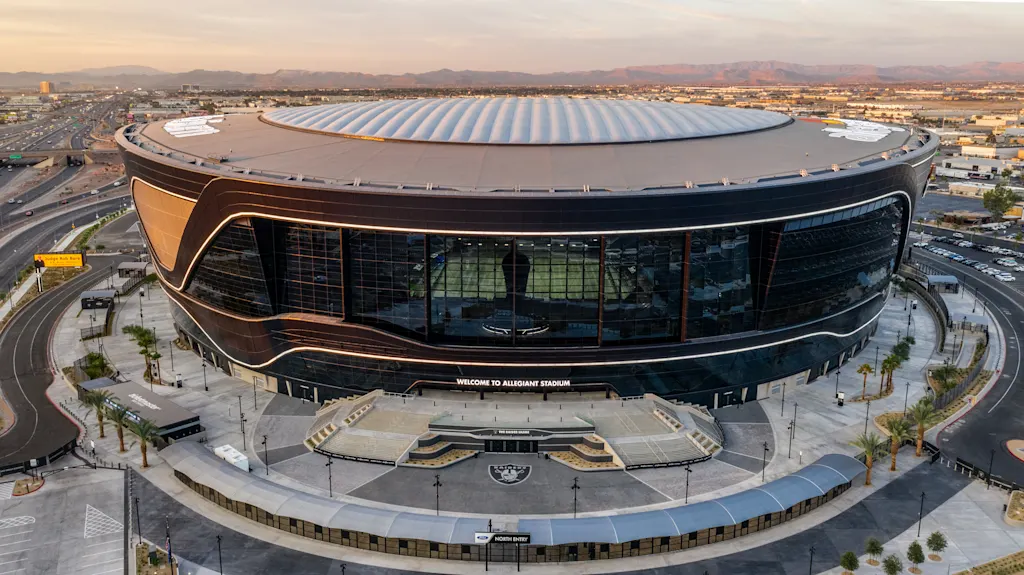
Passive techniques like this reduce or sometimes eliminate the need for energy-intensive air-conditioning. Sickman says architects “can use some of the things that maybe we forgot because of the advent of technology and active cooling, and go back to strategies that served the test of time.”
Still, outdoor stadiums can only go so far. In cities like Cairo, soccer games are already played at night when the temperature is lower. The World Cup in Qatar was moved from summer to winter because of the heat. But as extreme heat waves become more common, it may sometimes be too hot to play even as teams try to adjust their scheduling.
A report in the medical journal Lancet found that in 2023 people around the world experienced an average of 50 more days of health-threatening temperatures—times when it could be dangerous to play sports—than they would have without climate change.
What's Your Reaction?
 Like
0
Like
0
 Dislike
0
Dislike
0
 Love
0
Love
0
 Funny
0
Funny
0
 Angry
0
Angry
0
 Sad
0
Sad
0
 Wow
0
Wow
0
